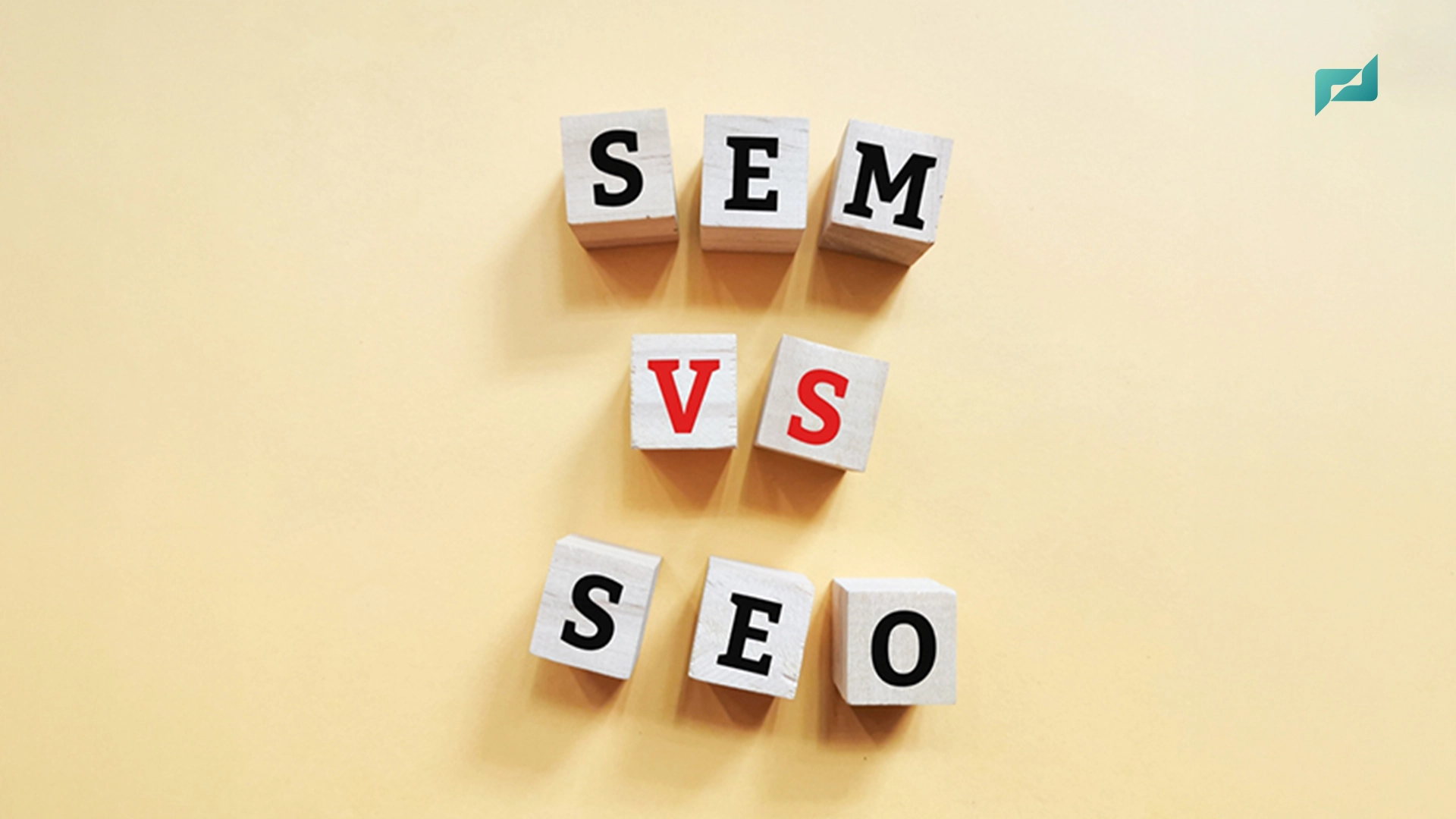In digital marketing, two similar-sounding words often appear: SEO (search engine optimisation) and SEM (search engine marketing). While they might seem similar, they represent distinct strategies with different goals, techniques, and outcomes. Understanding the difference between SEO and SEM is crucial for any business looking to enhance its online presence and drive traffic to its website.
Search Engine Optimisation
What is SEO?
SEO, or search engine optimisation, optimises a website to rank higher in search engines. The primary goal of SEO is to increase visibility and attract more organic traffic from search engines like Google, Bing, and Yahoo.
Key components of SEO:
1. On-page SEO: It optimises individual web pages to rank higher and earn more relevant traffic. Key techniques include:
Keyword research: It involves identifying the words and phrases that potential customers use to find your products or services.
Content Creation: Done to produce high-quality, valuable content that is relevant to your audience and optimised for target keywords.
Meta Tag Optimisation: Crafting effective meta titles and descriptions that include target keywords and encourage click-throughs.
URL Structure: Creating clean, descriptive URLs that help search engines understand the content of your pages.
2. Off-page SEO: This focuses on improving your website’s authority and trustworthiness through external means. Key techniques include:
Link Building: Acquiring high-quality backlinks from reputable websites to boost your site’s authority.
Social Signals: Leveraging social media platforms to drive traffic and engagement.
Guest Blogging: writing articles for other websites in exchange for backlinks.
3. Technical SEO: ensuring that search engines properly index your website and that it offers a good user experience. Key techniques include:
Site Speed Optimisation: Improving page load times to enhance the user experience and search engine rankings.
Mobile Optimisation: Ensuring your site is mobile-friendly and responsive.
XML Sitemaps: Creating and submitting sitemaps to search engines to help them crawl your site more effectively.
Search Engine Marketing
What is SEM?
SEM, or search engine marketing, is a broader digital marketing strategy that encompasses both SEO and paid search advertising (often referred to as PPC or pay-per-click). The main goal of SEM is to increase visibility on search engine results pages (SERPs) through paid means.
Key components of SEM:
1. Paid Search Advertising (PPC): Creating and managing ads that appear on search engine results pages. Key techniques include:
Keyword bidding: bidding on specific keywords to ensure your ads appear when users search for those terms.
Ad Copywriting: Crafting compelling ad copy that encourages users to click on your ads.
Landing Page Optimisation: Creating optimised landing pages that align with your ad copy and encourage conversions.
2. Campaign Management: Continuously monitor and adjust your campaigns to maximise return on investment (ROI). Key techniques include:
Budget Management: Allocating and adjusting budgets to ensure optimal spending.
Performance Analysis: Using analytics tools to track the performance of your ads and make data-driven decisions.
A/B testing: testing different versions of ads and landing pages to determine which performs better.
Key Differences Between SEO and SEM
1. Cost:
SEO primarily focuses on organic efforts, which are generally free but require time and resources to implement and maintain.
SEM involves paid advertising, where businesses pay for each click or impression their ads receive.
2. Timeframe:
SEO typically takes longer to see results as it involves building organic credibility and authority over time.
SEM can produce immediate results, as ads can start appearing on SERPs as soon as campaigns are launched.
3. Longevity:
SEO offers long-term benefits as high-ranking pages can continue to attract traffic over time without additional costs.
SEM: Provides short-term benefits as ads stop appearing once the budget is exhausted.
4. Control:
SEO: less control over rankings as it depends on search engine algorithms and various external factors.
SEM: More control over visibility as businesses can adjust bids, budgets, and targeting options to influence ad placement.
Conclusion
Both SEO and SEM are essential components of a comprehensive digital marketing strategy. While SEO focuses on building organic visibility through optimised content and website structure, SEM leverages paid advertising to achieve quick visibility and drive targeted traffic. Understanding the strengths and limitations of each approach allows businesses to effectively allocate resources and achieve their online marketing goals.





